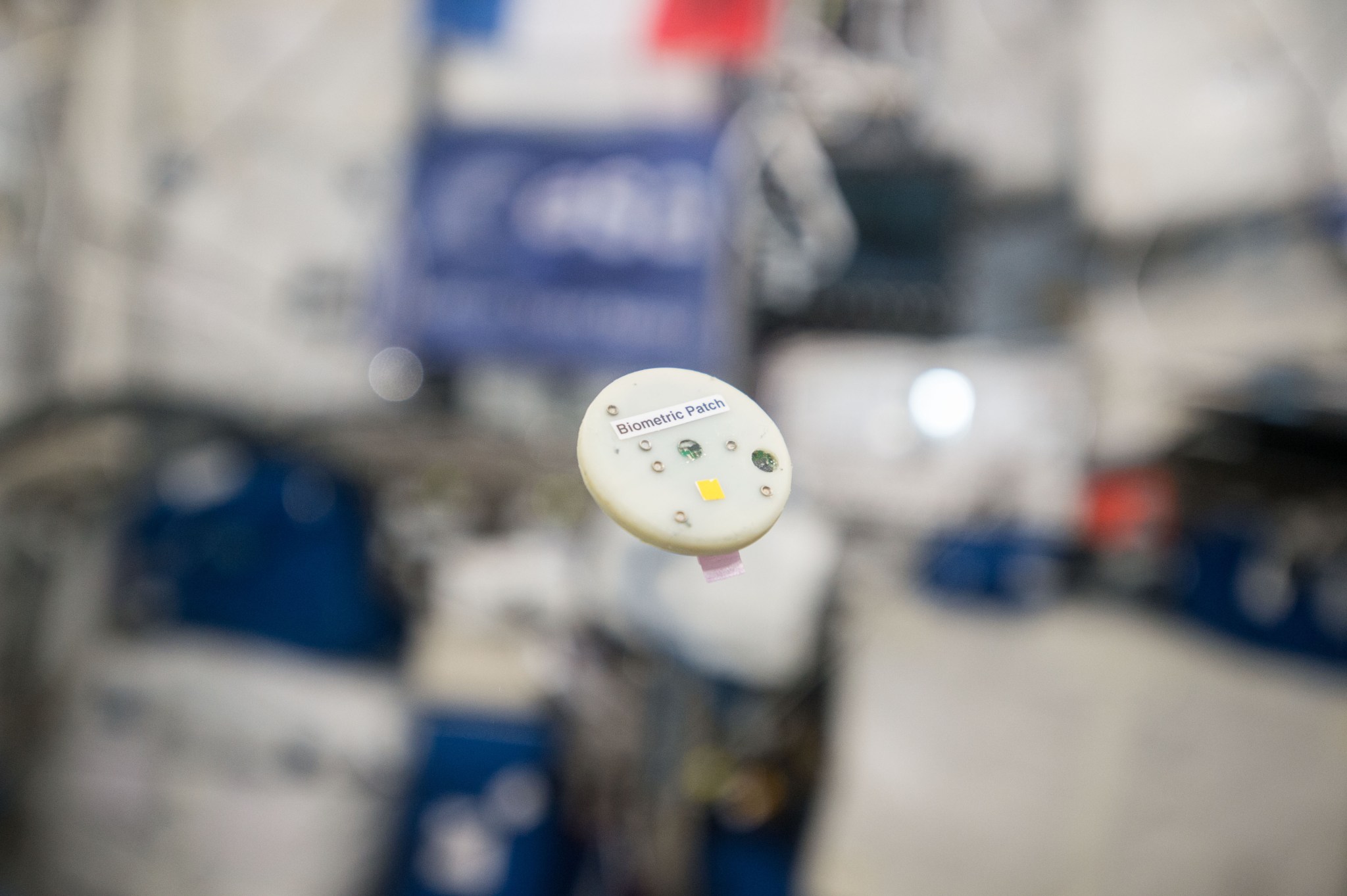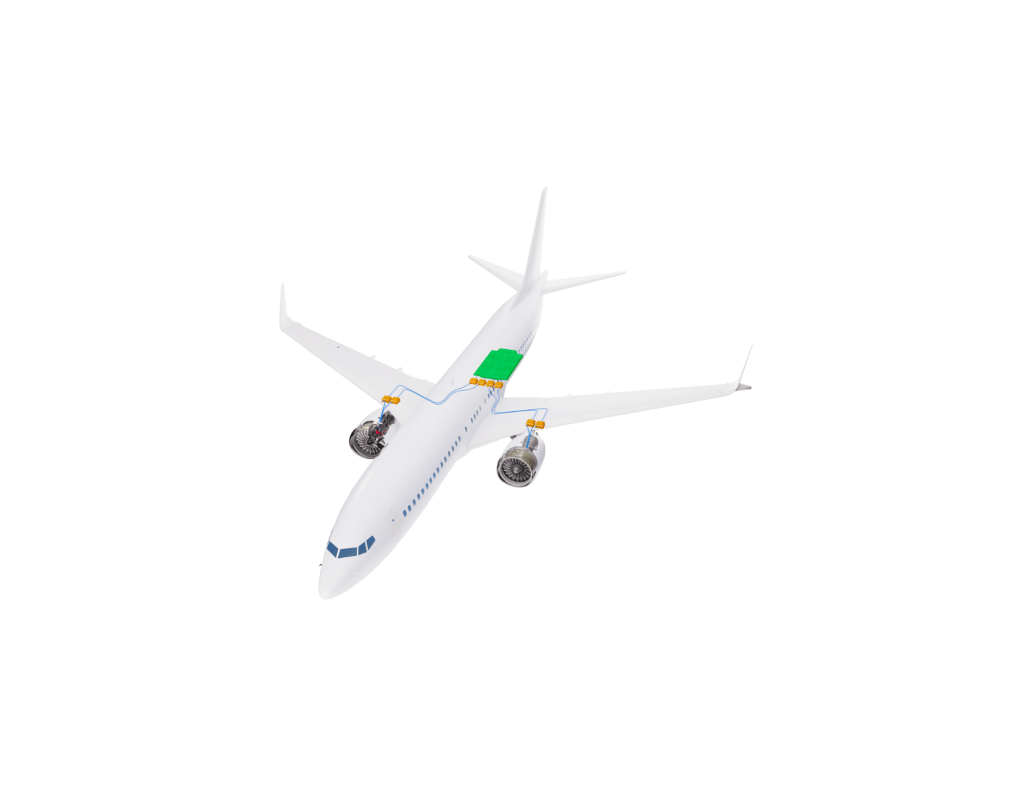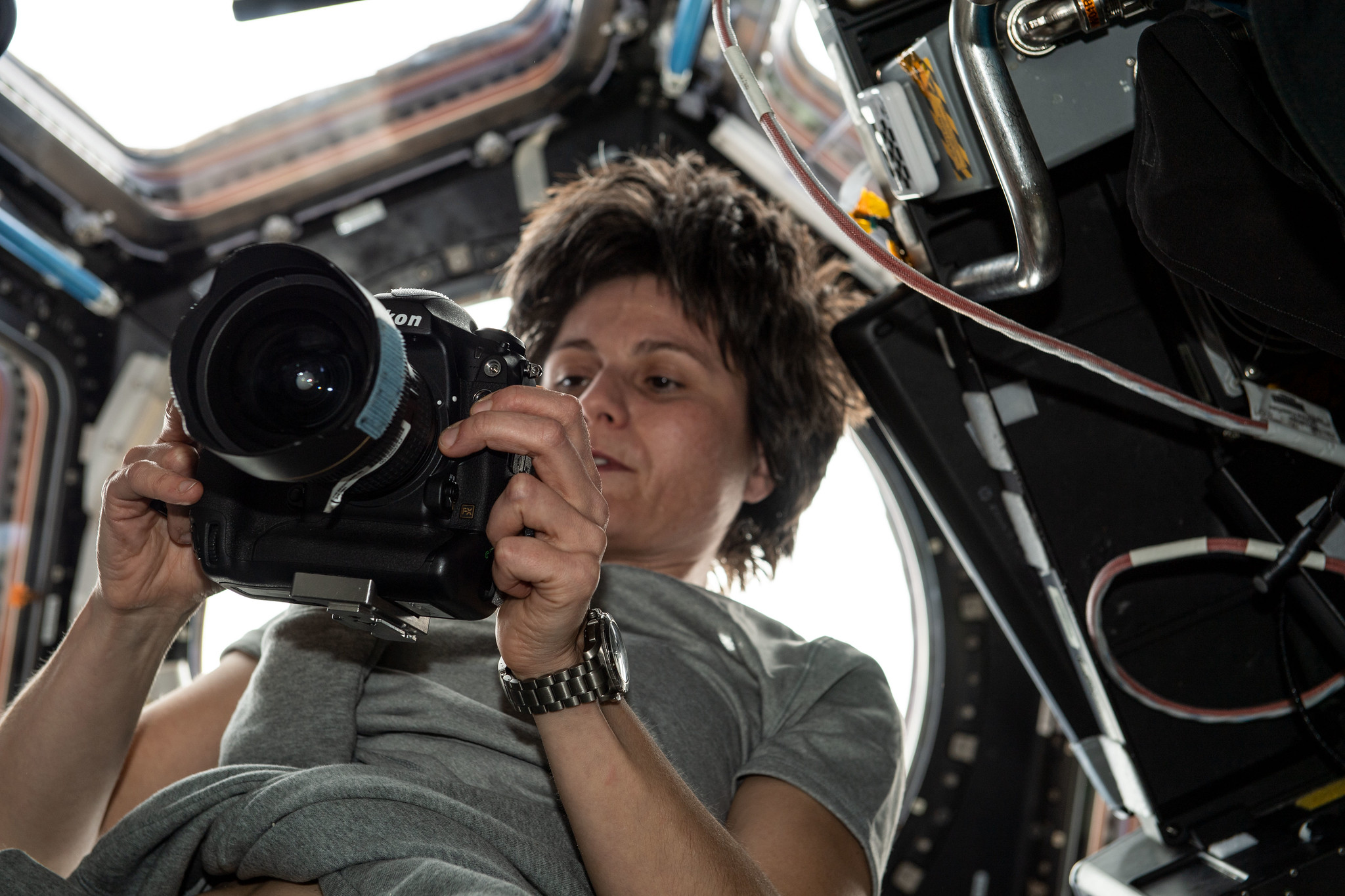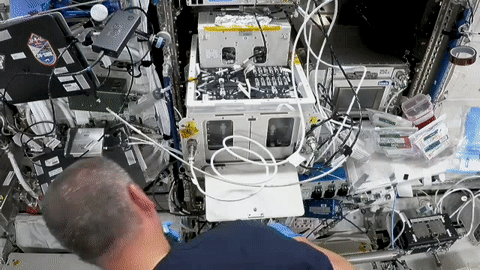Crew members aboard the International Space Station conducted scientific investigations during the week of May 30 that included collecting cognitive and behavioral data on crew members and evaluating changes that occur in body composition and muscle properties during spaceflight.
Here are details on some of the microgravity investigations currently taking place on the orbiting lab:
How to behave on Mars
The Behavioral Core Measures investigation initially evaluated and verified a suite of measurements of mood, stress, sleep quality, fatigue, cognition, performance, and team functioning as a way to assess the possible adverse behavioral effects of long-duration spaceflight. The investigation currently collects some of these measurements from crew members as they conduct a robotic simulation. These data could help identify the type of tasks that a crew member might reasonably be expected to perform upon landing on the surface of Mars after months of space travel. During the week, crew members performed two sessions of 12 runs each for the investigation.
Customized nutrition
Long-duration spaceflight causes changes in the body, including bone and muscle loss and the onset of insulin resistance. Dietary approaches such as increased protein intake and neutral energy balance may offer a way to limit these changes. NutrISS, an investigation from ESA (European Space Agency), assesses an individual’s body composition and energy balance throughout spaceflight using wearable sensors and ESA’s EveryWear app. Crew members receive feedback and a list of possible food choices that take into account their nutritional needs and personal preferences, and nutrition experts and medical crews continually evaluate the effectiveness of that feedback. Results could lead to ways to improve physical health and quality of life for astronauts during and after flight and contribute to better clinical management of malnourished, obese, or immobilized patients on Earth. Crew members conducted measurements and completed questionnaires for the investigation during the week.

Monitoring muscles
ESA’s Myotones investigation observes changes in muscle properties during long-term spaceflight. Research suggests that muscle tone and stiffness decrease during spaceflight, particularly in those muscles most important for postural support and movement such as running and walking. Inflight exercise seems to improve these muscle changes. Results from this investigation could help researchers better understand human resting muscle tone and lead to the development of better countermeasures for future space missions as well as alternative rehabilitation treatments for those experiencing the effects of aging and restricted mobility on Earth. Crew members took measurements and performed ultrasound scans of target areas during the week.
Other investigations involving the crew:
- Phospho-aging, an investigation from the Japan Aerospace Exploration Agency (JAXA), examines the molecular mechanism behind aging-like symptoms, such as bone and muscle loss, that can occur more rapidly in microgravity. Results could provide evidence that bone loss experienced on Earth is not only a symptom but also a cause of aging, and that preventing such loss could be a practical anti-aging therapy.
- XROOTS uses hydroponic (liquid-based) and aeroponic (air-based) techniques to grow plants without traditional growth media, which could enable production of crops on a larger scale for future space exploration.
- AstroRad Vest tests a vest designed to protect astronauts from radiation caused by unpredictable solar particle events. Designers use wearer feedback to improve the vest, which could protect crew members from possible harmful effects of radiation on future missions to the Moon and Mars, as well as lead to improved radiation protection garments on Earth.
- ISS Ham Radio provides students, teachers, parents, and others the opportunity to communicate with astronauts using amateur radio units. Before a scheduled call, students learn about the station, radio waves, and other topics, and prepare a list of questions on topics they have researched.
- AstroPi European Challenge Mission Zero gave people 19 years of age and younger from ESA Member States, Slovenia, Canada, Latvia, Lithuania, or Malta the chance to run computer programs on the space station’s two AstroPi units. The program inspires students to study scientific and technical disciplines and to appreciate and understand the benefits, challenges, and importance of space for Europe and the global economy.
The space station is a robust microgravity laboratory with a multitude of specialized research facilities and tools. Over more than two decades of continuous operation, it has supported many scientific breakthroughs from investigations spanning every major scientific discipline. The orbiting lab conveys benefits to future space exploration, advances basic and applied research on Earth, and provides a platform for a growing commercial presence in low-Earth orbit.
For daily updates, follow @ISS_Research, Space Station Research and Technology News or our Facebook. Follow ISS National Lab for information on its sponsored investigations. For opportunities to see the space station pass over your town, check out Spot the Station.
John Love, ISS Research Planning Integration Scientist
Expedition 67


























